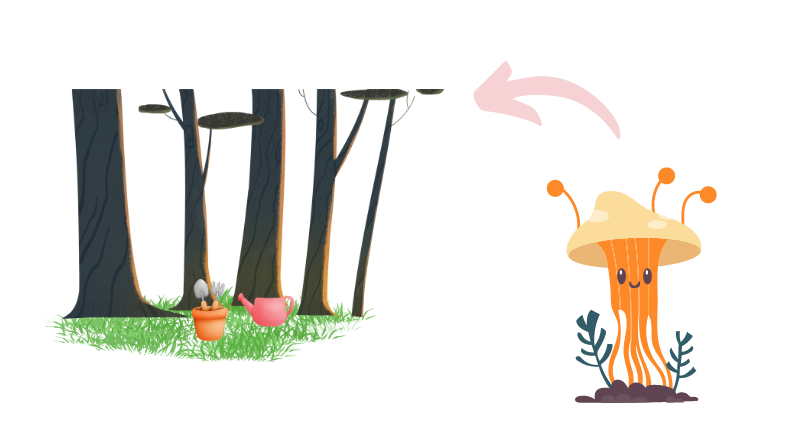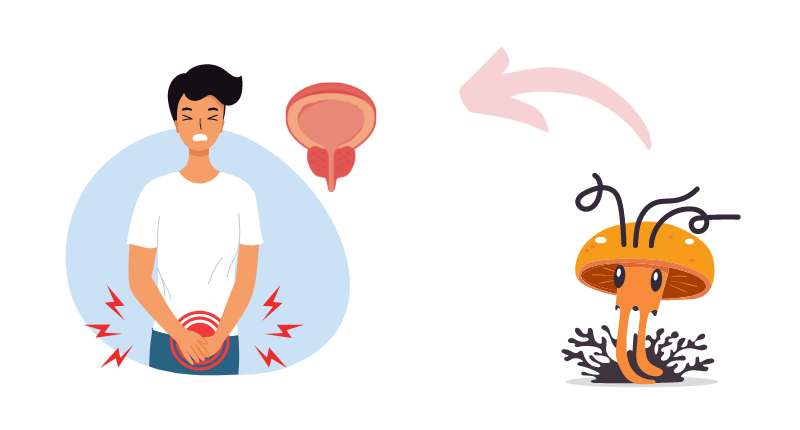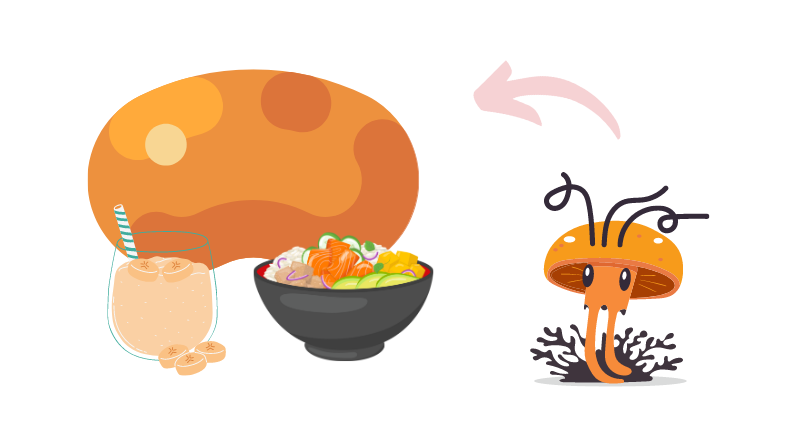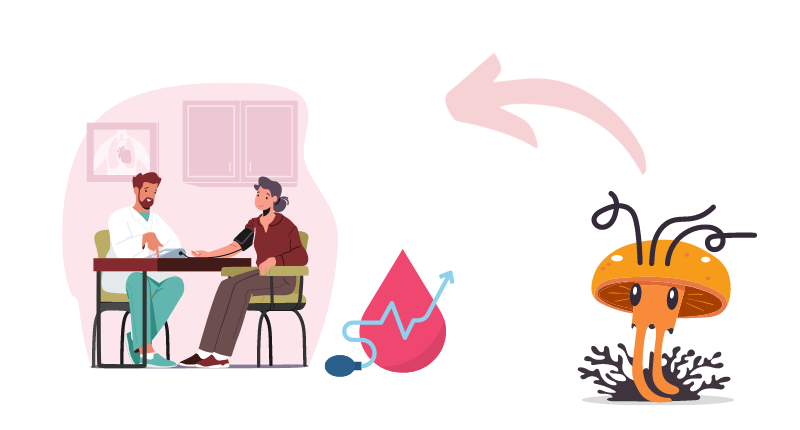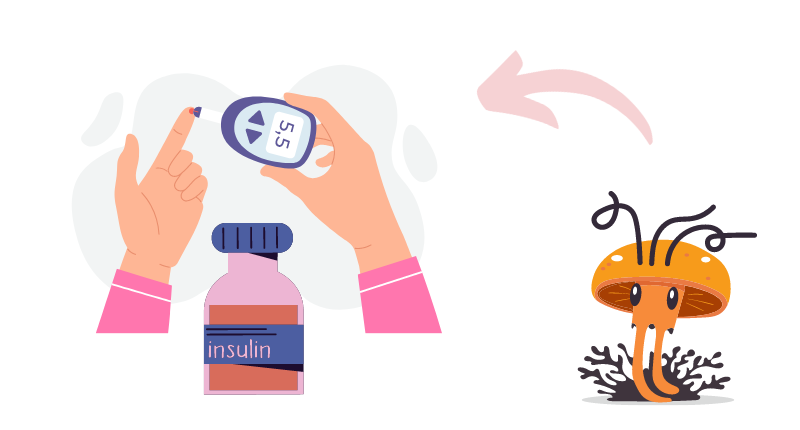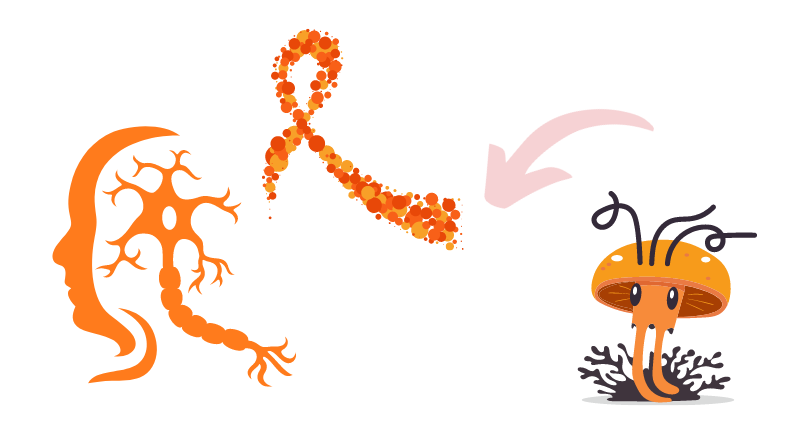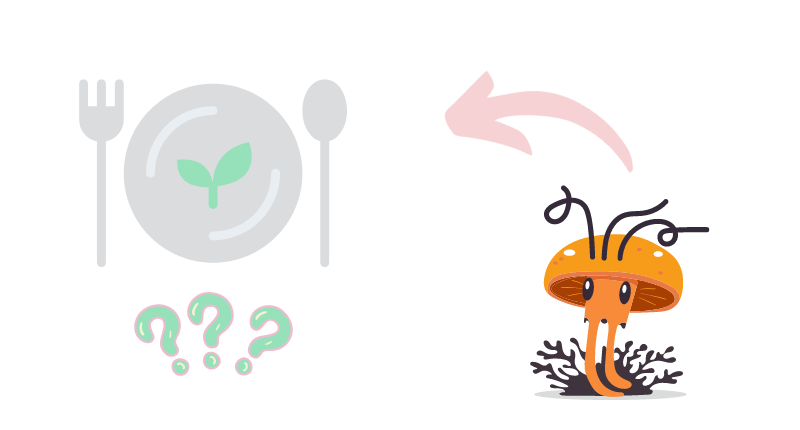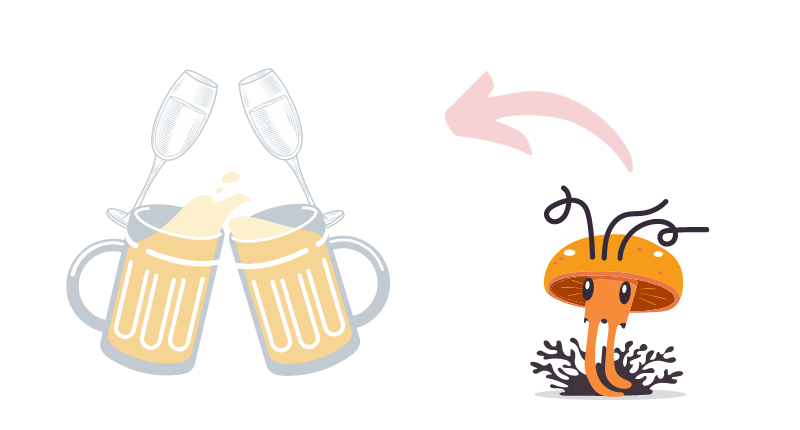From its origins in the high-altitude regions of the Himalayas to its present status as a sought-after superfood, Cordyceps has captured global attention. Understanding its farming techniques, especially with the rise in interest in cultivating it at home, gives an insight into the labor of love that brings this powerhouse to our tables.
A GLIMPSE INTO CORDYCEPS FARMING
The mystique surrounding Cordyceps isn’t just due to its medicinal properties. Its farming is an art in itself, steeped in tradition yet constantly innovating.
- The Initial Phase: Everything starts with a pure, uncontaminated culture. This culture, under sterile conditions, is expanded onto grain media. Once enough growth is achieved, it’s inoculated onto a primary substrate, typically a blend of rice and nutrients.
- Growth Conditions: Creating the right environment is paramount. Cordyceps needs specific light, temperature, and humidity levels. The aim is to replicate its natural conditions — cool, with high humidity — to ensure it thrives.
- Harvesting: Timing is everything. Wait too long, and the fungus overgrows, but harvest too early and you risk losing vital compounds. Experienced farmers know when the cordyceps have reached their peak and are ready for extraction.
WHAT HAPPENS AFTER FARMING? EXTRACTION METHODS EXPLAINED
Post-harvest, there’s a world of science that ensures cordyceps is optimally utilized.
- Traditional Boiling: An age-old technique where cordyceps are boiled to pull out the medicinal components.
- Alcohol Extraction: By letting cordyceps steep in alcohol, the beneficial compounds infuse the liquid, creating a potent tincture.
- Ultrasonic Assisted Extraction: This cutting-edge method uses ultrasonic waves, ensuring maximum extraction. The result is a purer, more potent end product[^4^].
HOW TO FARM CORDYCEPS AT HOME
A growing number of enthusiasts are exploring home cultivation, thanks to the accessibility of cordyceps cultures and the desire for authenticity.
- Setup: Begin with a clean space. This can be a room, a large cabinet, or even a modified storage box. Hygiene is paramount to prevent contamination.
- Substrate Preparation: Brown rice often serves as a substrate. It’s boiled, cooled, and then placed in jars or bags, ready for inoculation.
- Inoculation: Using a cordyceps culture syringe, the substrate is inoculated. The entry points are sealed to prevent contaminants.
- Optimal Conditions: The inoculated substrate is stored in a dark, cool space. Regularly monitor temperature and humidity.
- Monitoring Growth: Over weeks, you’ll notice the mycelium colonizing the substrate. It’s an indicator of a successful growth phase.
- Harvesting: Once the cordyceps mushrooms sprout and mature, they’re ready to harvest and use.
SOURCES OF CORDYCEPS IN NATURE – WHERE DOES IT GROW?
Wild cordyceps, an extraordinary blend of insect and fungus, is predominantly found in the high-altitude regions of China, Nepal, and Tibet. They are also found in parts of Europe between August and November each year in Poland for one. This parasitic relationship has resulted in the mushroom being considered a rare gem in nature.
TRADITIONAL & HISTORICAL USES
Ancient manuscripts from China to Tibet sing praises of cordyceps.
- Physical Health: Historically, it’s been the go-to for enhancing vitality, stamina, and overall well-being.
- A Daily Supplement: Its diverse health benefits, ranging from boosting immunity to fighting inflammation, makes it an everyday essential[^1^].
READ MORE: CORDYCEPS & HYPERTENSION
VARIETIES OF CORDYCEPS: A MYRIAD OF OPTIONS
From the rare Cordyceps Sinensis to the more farm-friendly Cordyceps Militaris, each variety has its unique properties. The offerings at Dr. Mush Me underscore its immense potential in modern-day wellness.
ROUTINE & FOOD SUPPLEMENTS: THE NOOTROPIC WAY
For the uninitiated, nootropics might sound futuristic. But in reality, they’ve been around for centuries, just under different names.
- Natural vs. Synthetic: While laboratories churn out synthetic nootropics, nature has its own array, with cordyceps being a star player[^2^].
- Mushrooms & Brain: Beyond physical health, mushrooms like cordyceps play a pivotal role in neural health, memory, and cognition[^3^].
Cordyceps, with its rich history and promising future, is more than just a superfood. It’s nature’s gift that keeps on giving. As farming techniques become more accessible, even to the urban dweller, it’s clear that this mushroom will continue to play an essential role in global wellness. Dive into the world of cordyceps with Dr. Mush Me’s offerings.

